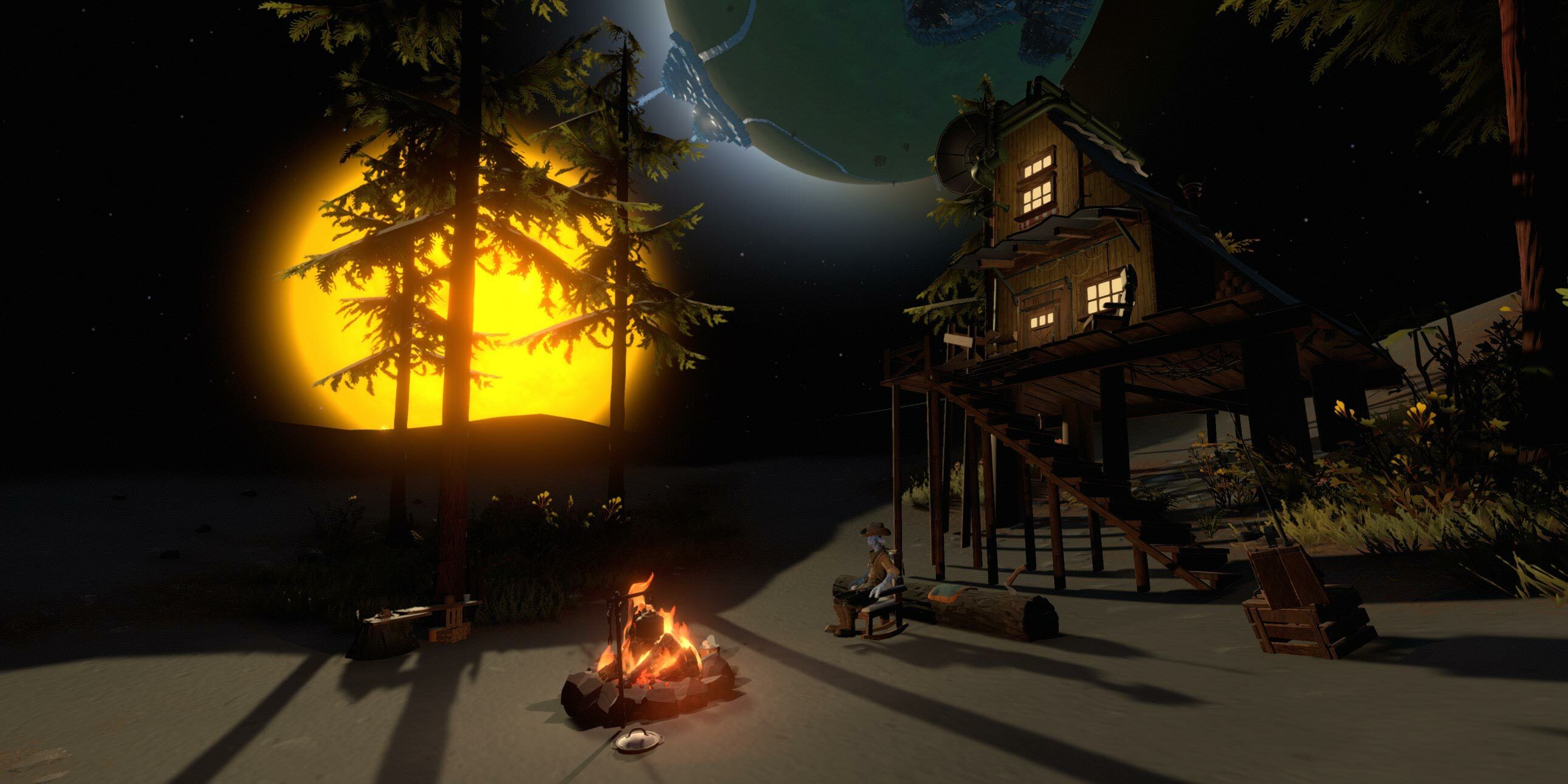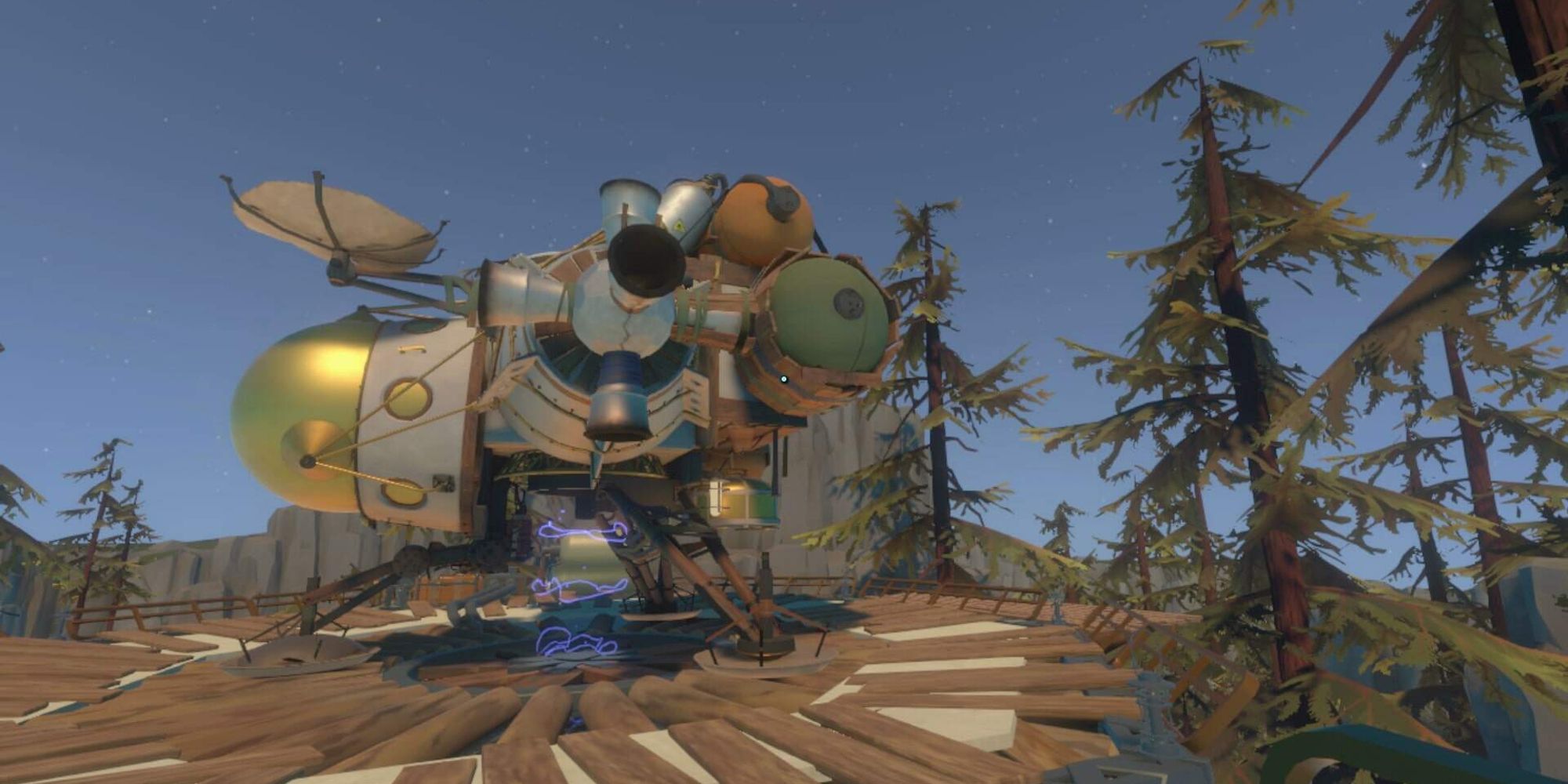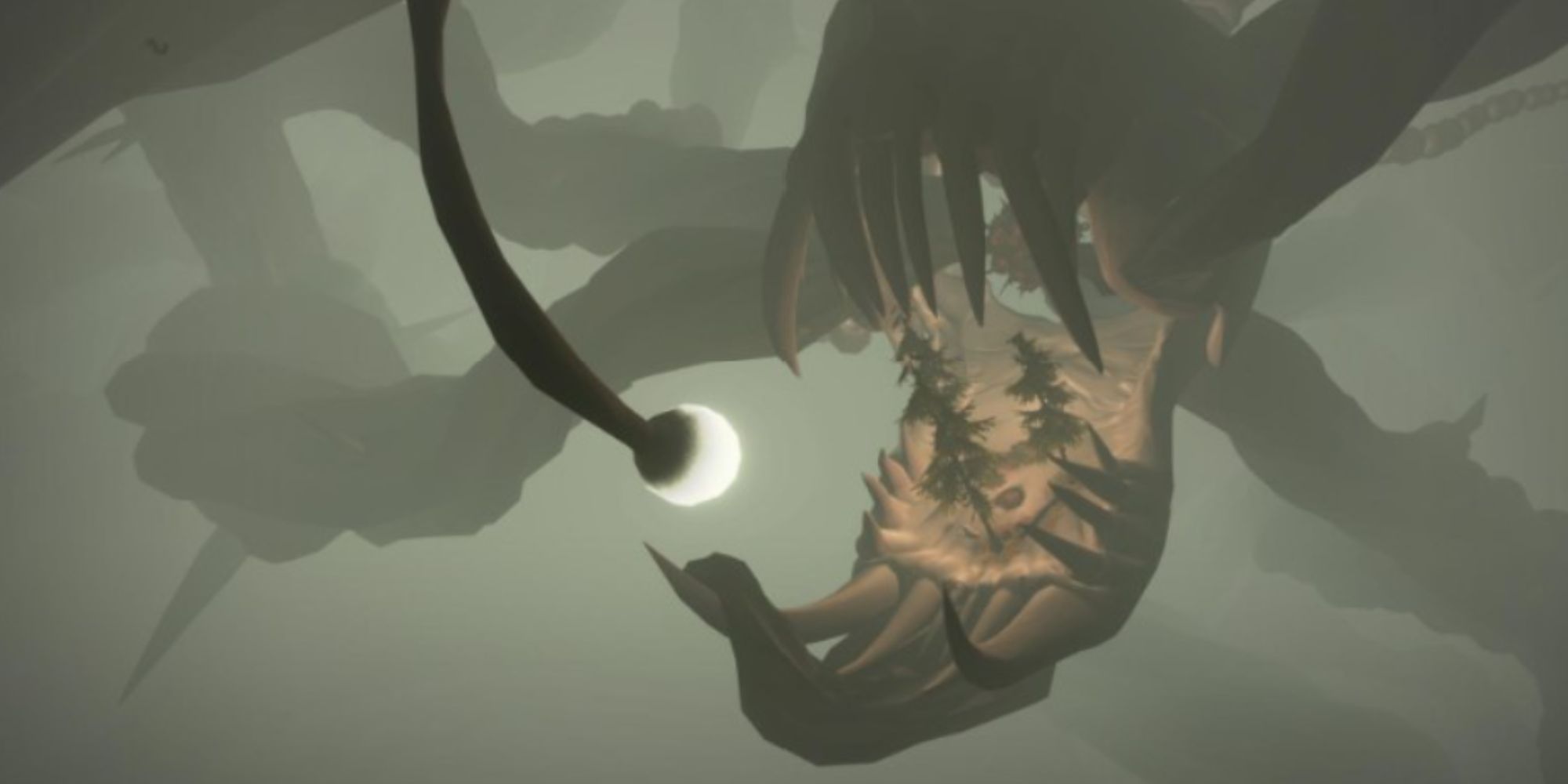Over the next few days, you’re going to see a lot of articles about Starfield’s thousand planets. We’ve already got one ourselves. Even a studio as big and experienced as Bethesda can’t possibly populate over 1,000 fully explorable planets in a meaningful way. The promise tells us we can expect a shallow, lifeless cosmos, not the deep, rich worlds that make space exploration so alluring.
This recent trend of triple-A video games promising hundreds and hundreds of hours of content should terrify us all. I hoped the medium would be moving away from its dull, artistically bereft checklist of filler objectives and steering towards more focused, nuanced stories, but that doesn’t seem to be the case just yet. Is it technically impressive to put that many planets in a game? It sure was when No Man’s Sky did it several years ago, yeah. Is it worth the crunch and time that could have been spent on other more exciting projects? Definitely not.
While it’s easy to get caught up in the desire to explore an entire galaxy or universe, the sheer scale of space is so astronomical (geddit?) that all the intrigue and mystery you could ever need can be put into a single solar system. Instead of a game with over 1,000 partially procedurally generated planets with nothing of substance to offer, I’d rather traverse a handful with engaging, deliberate design. I already have. And you can too. Just play Outer Wilds.
There are a total of thirteen astral bodies you can set foot on in Outer Wilds. Seven planets, two moons, two space stations, a comet, and an enormous spaceship. You can also technically set foot on the sun and a volcanic moon, but only for a split second as it’d mean instant death. Sounds a bit pish when compared to over 1,000 planets, doesn’t it?
But the joy in Outer Wilds isn’t in hopping from rock to rock, scanning a few lifeforms, digging up a few resources, making a half-arsed base, and then pissing off into the great beyond to do it all over again. It’s found in unweaving the threads that intricately bind each of the game’s locations to discover the mystery lying at the juicy narrative centre. Not only does Outer Wilds’ core puzzle tie each location together, but each is also connected in a highly synchronised heavenly ballet. The entire solar system is caught in a 22-minute time-loop, with everything simulated in real time each cycle.
You play an astronaut in the Outer Wilds space program, developed by a four-eyed genderless species of aliens called Hearthians. There’s a loveable Camp America quality and can-do attitude that permeates the Hearthians and their scientific endeavors. Their ships look like the NASA equivalent of a kid's treehouse, and they like to set up tents and hammocks wherever they go, each taking an instrument and playing a melody in time together, despite their vast distances. It adds a personal touch to space that perfectly parallels the hand-crafted nature of the game itself.
Nothing but your own curiosity pulls you towards Outer Wilds’ story. Hearthians travel into space because it’s there and because they can – what more reason need there be? You’re given some hints as to some galactic goings on – an extinct but advanced alien race called the Noami, a quantum moon that changes position based on if it’s being looked at or not, and your own moon, the Alterrock, all seem like good leads to follow – but the order you tackle things in is entirely up to you.
My two housemates and I played Outer Wilds one after the other. When one finished it, they’d sit and watch how the next played, marveling at how despite us all taking different routes, the puzzle was pieced together in equally brilliant ways for us all. That’s the magic of truly bespoke game design. A clue on Alterrock will lead you to a base on Brittle Hollow. Spend too long there and you’ll fall through the black hole at its centre. From there, the distant edges of the solar system, you can witness your sun going supernova from afar and appreciate its tragic beauty.
Or, you can follow the musical signal of one of your fellow Outer Wilds explorers. Maybe you end up on Giant’s Deep and a cyclone catapults your ship into space. Now you’re stuck and have no choice but to explore the islands, eventually, you’ll learn there’s a space station above the planet you can explore next cycle. Maybe you accidentally land on the Quantum Moon, or stumble upon The Stranger, a vast, cloaked ship and the game’s DLC location. The point is, no matter where you start, each clue places a dot to be connected. It doesn’t matter what order you connect them, because they’ve been so carefully made that whatever path you take will contain the same amount of revelations and obstacles as any other.
These dots aren’t just connected spatially, either. They’re also linked temporally. One pair of planets, the Ash Twins, push and pull sand between themselves. If you want to explore the caves on Ember Twin, you need to get to them quickly, before they’re filled and crush you within. If you want to get inside the Interloper, a comet that ellipses around the sun, you’ll need to stand star-side as its orbit passes by close enough to melt the surface ice. Everything feels deliberate, but because it's all simulated rather than preplanned there’s still room for surprises – like getting into an island's caves because it and you were shot into space rather than swimming underneath it.
Through experience and trial and error, you’ll learn where to go and when, and each time you do you’ll discover a new secret, a new mystery, and build towards your next eureka moment. Starfield’s Planet 746 may send you on a quest to Planet 382, but the breadcrumbs will end there. Instead of a stellar tapestry, Starfield looks set to be a threadbare scarf – if you tug at one of the loose ends it won’t unravel, it’ll just break apart.
You don’t need 1,000 planets to explore when you create a dozen with more depth and intrigue than a shallow galaxy ever could. Give me a small but focused game over one with an infinite scope that ends up being aimless and unfulfilling any day. Outer Wilds was made by a small team with a singular vision and it shows. Starfield looks like it was made in a boardroom. Todd Howard’s announcement of 1,000 worlds made me groan. He’s made space boring, and that’s such an utter disappointment.
Source: Read Full Article


